I made a chart about why you are tired
introducing the grind-joy map, plus Costco private shopping hours, investing in tobacco, and the new pilates-coffee combo trend
This is a rather philosophical introduction to a series on optimizing your life for joy. It’s worth it (I hope). Over the next few months, I’ll be serving helpful tips, hot takes, and investigating the industries monetizing our collective panic about “living our best lives” in a series I’m dubbing The Optimization Experiment.
Anyone who has ever had a meal with me knows that I’m a maximizer. It takes me an hour to pick the restaurant, I agonize over the menu, over-order, and mutter “oooh we should have gotten X.” This spills over into nearly every facet of my life: what is the best pillow? what should I wear to happy hour? how can I get my resting heart rate down? can I still hit my Goodreads goal?
I love when readers send me topics they’d like my perspective on. One reader (hi, Zlats!) sent me this list (and many others). I’ve already covered topics three and four, but some topics, like one, take a little longer.
There are many well-known frameworks for thinking about, and optimizing, one’s life. From Maslow, to the Wellness Wheel, to Ikigai, to whatever-self-help-book-is-popular right now. They all cover roughly the same topics, but, in my opinion, fail to demonstrate that:
your effort is a finite resource: any category you invest in, means less to invest somewhere else
you can’t control everything: “money can’t buy happiness” is cliché for a reason
the most important measure of success is joy: either having it yourself, or bringing it to others
as every good strategist knows, balance isn’t the goal: clarity is
So, here goes.
The Framework
The Grind-Joy Map is my answer to trying to “do it all” — because you can’t do it all well. Your goal isn’t to maximize everything — it’s to see where you’re overspending energy for low payoff and where you’re neglecting high-joy potential zones.
big effort + low joy = energy suck
small effort + big joy = secret leverage
The Investment
You get a finite stash of 15 Grind Points to invest across 6 pillars. There’s a catch: you can allocate a max of 5 to any single pillar
Grind Points include emotional energy, as well as time and physical exertion. An hourlong therapy session might “cost” as much as five Barry’s classes or a long weekend with your in-laws
In return for your grind, you get Joy Points (unlimited). I picked 10 max per pillar to keep it simple
The Pillars
I went back-and-forth many times over these categories, and this is what works for me — but I’m sure I’m missing something that is important to you. I’ve got:
the behavioral basics: (short-term, sustaining energy)
eat: nourish and fuel
rest: recover and recharge
burn: move your body
and the existential: (long-term, sustaining purpose)
connect: with a community, family, or team
earn: make progress, build influence
grow: learn, create, believe in something bigger
Step 1: Plot effort
Most people choose to maximize two pillars. Take the classic Control Freak. They stay late at the office, just got promoted, but you can never catch them on weekends — because they’re always training for something.
Step 2: Plot joy and identify opportunities
Annoyingly, they do like their job and get that mythical runner’s high. But, they get more joy from a weeknight dinner and an hour reading romantasy than they’d like to admit. Those are their opportunities — low-effort, high-joy zones just waiting for investment.
Core Tensions
What I like about this framework is that it mirrors the impossible trade-offs of everyday life:
control vs pleasure: your calendar’s packed — but do you want to cry when the alarm goes off?
neglect vs obsession: skip sleep for a weekend? Fine. Worth it #forthememories. Skip sleep for a week for a month? Different story.
perfection vs diminishing returns: is chasing an 8-pack really better than enjoying your 6-pack? or being content with your God-given lovehandles?
short- vs long-term: will your current investment mix last six months — or five years?
Common Archetypes
The Hedonist is all about joy — or so they think. They eat fries with every meal, go to a concert every weekend, and always seem to have had the “craziest night ever.” Their corporate job pays the bills, but they’d secretly rather spend all day doodling. They should probably also get a full night’s sleep once a month.
We all envy the Work-Life Balance Pro. They have a morning routine, weekend plans, but are always on their phone. They seem to be chasing everything and nothing at the same time. Strategists call this the classic “peanut butter approach” — investing a little bit everywhere but not enough where it can make a difference.
Every group has at least one self-actualized Wellness-Obsessed friend. They’ve been in ketosis since 2014, have an enviable HRV, and spent an entire paycheck on the Eight Sleep. They need to unplug their AirPods and have an actual conversation with their acupuncturist.
Me
I’ve been using this mental model for a few years, but it, and I, am still a work in progress (aren’t we all?). In 2023, I was grinding at work, meticulously optimizing every meal and workout, yet investing almost nothing in my community or myself. Over the past two years, after some extreme shifts, I’ve gotten smarter about how to shift that balance — but there’s still plenty to figure out.
10 Things You Can Do to Bring More Joy Right Now
touch grass (that a dog hasn’t peed on)
make a smile file
buy coffee for the person behind you
put your phone on do not disturb
get in bed at 8PM
stay in bed until 8AM
lie facedown on the floor (it’s helpful for tech neck, I swear)
watch the first hour of About Time and turn it off before it gets serious
eat a chocolate chip cookie
Up Next: Optimization Experiment Series
Over the next few months, I’ll be working my way around the chart — serving helpful tips, hot takes, and investigating the industries monetizing our collective panic about “living our best lives.” I’d love to know how you’re maximizing your joy.
Other Stuff to Chew On
Serious
I’m onboard with “exercise as medicine” — like “food as medicine.” A new paper in the British Journal of Sports Medicine says exercise should be prescribed as a first-line treatment for depression. Recent meta-analyses have demonstrated that exercise has anti-depressant effects comparable to those of medications or psychotherapy — not to mention the physical benefits. Let’s move!
Would you pay $65/year to shop at Costco privately? Would it make you feel special?
There's also an element of basic human nature in all of this: People like to feel special. In the case of earned status, when you get enough points to join a certain club or level, it's motivating to have a goal. In the case of paid status, customers want to feel like they're above the crowd.
The ruling that Hims & Hers violated ad promotion rules during the Super Bowl is complicated. The ad, which showcased the toll of obesity, should seem in line with MAHA’s agenda to address chronic disease, but demonstrates America’s “over-reliance on pharmaceuticals,” according to the FDA Chief. Some experts warn that the FDA is currently too understaffed to take similar action against companies.
Millennials and Gen Z, lovers of shoppy shop brands, increasingly see private label (i.e. grocery brand) as the smart buy. And they will continue queueing at Trader Joe’s!
Casey Means, the nominee for Surgeon General, promises to divest from investments in personal devices, supplements, tobacco, and healthtech. Interesting that she still has stock in Philip Morris and Altria these days — but I get it, smoking is back.
Fun
None of my recommendations include the Ultimate Girl Dinner. I drink my martinis like a classy lady: wet and with a twist.
Will I be going to the combination pilates studio/cafe? Like a moth to a flame.
Happy maximizing!
Sophia



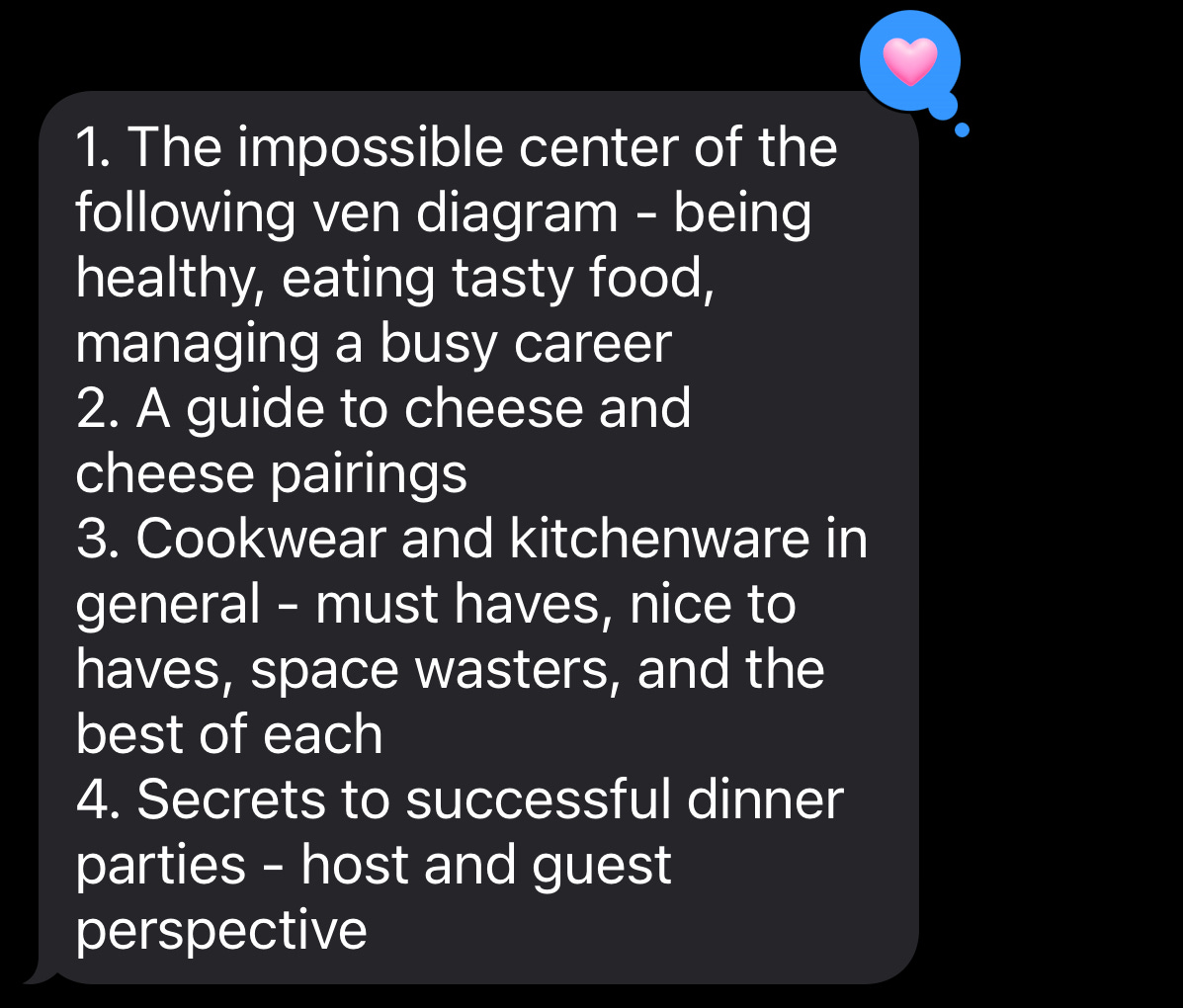

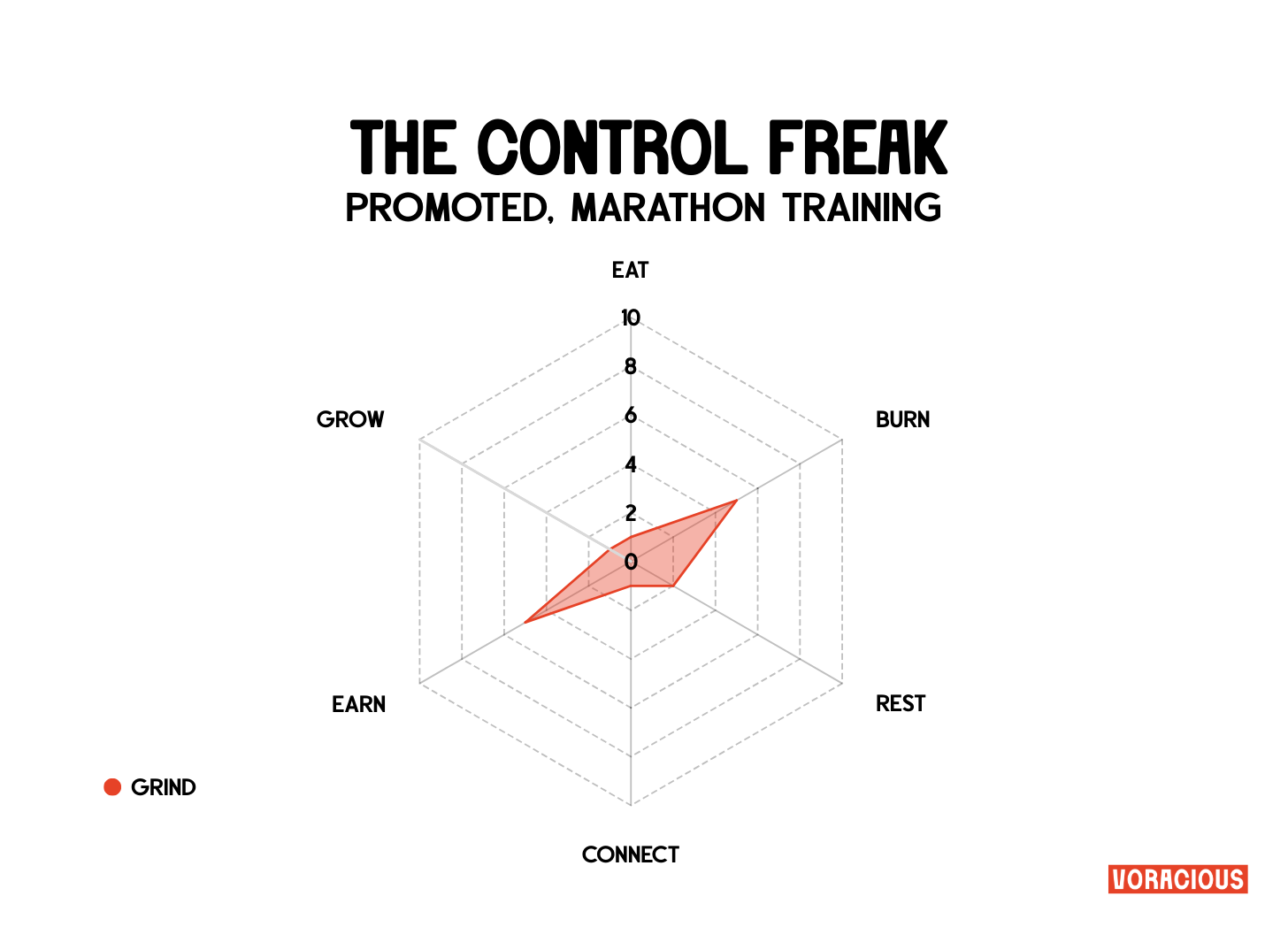
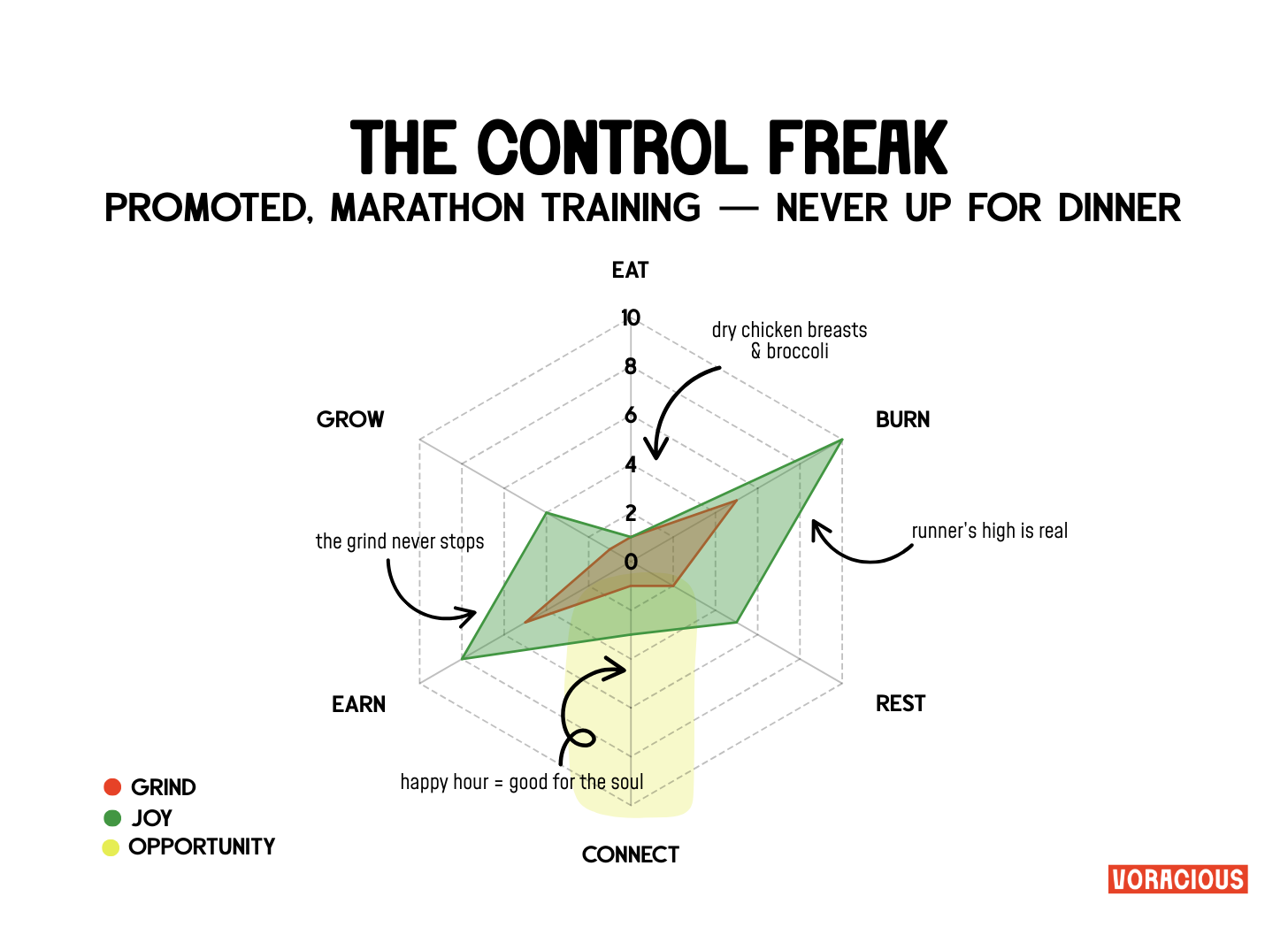



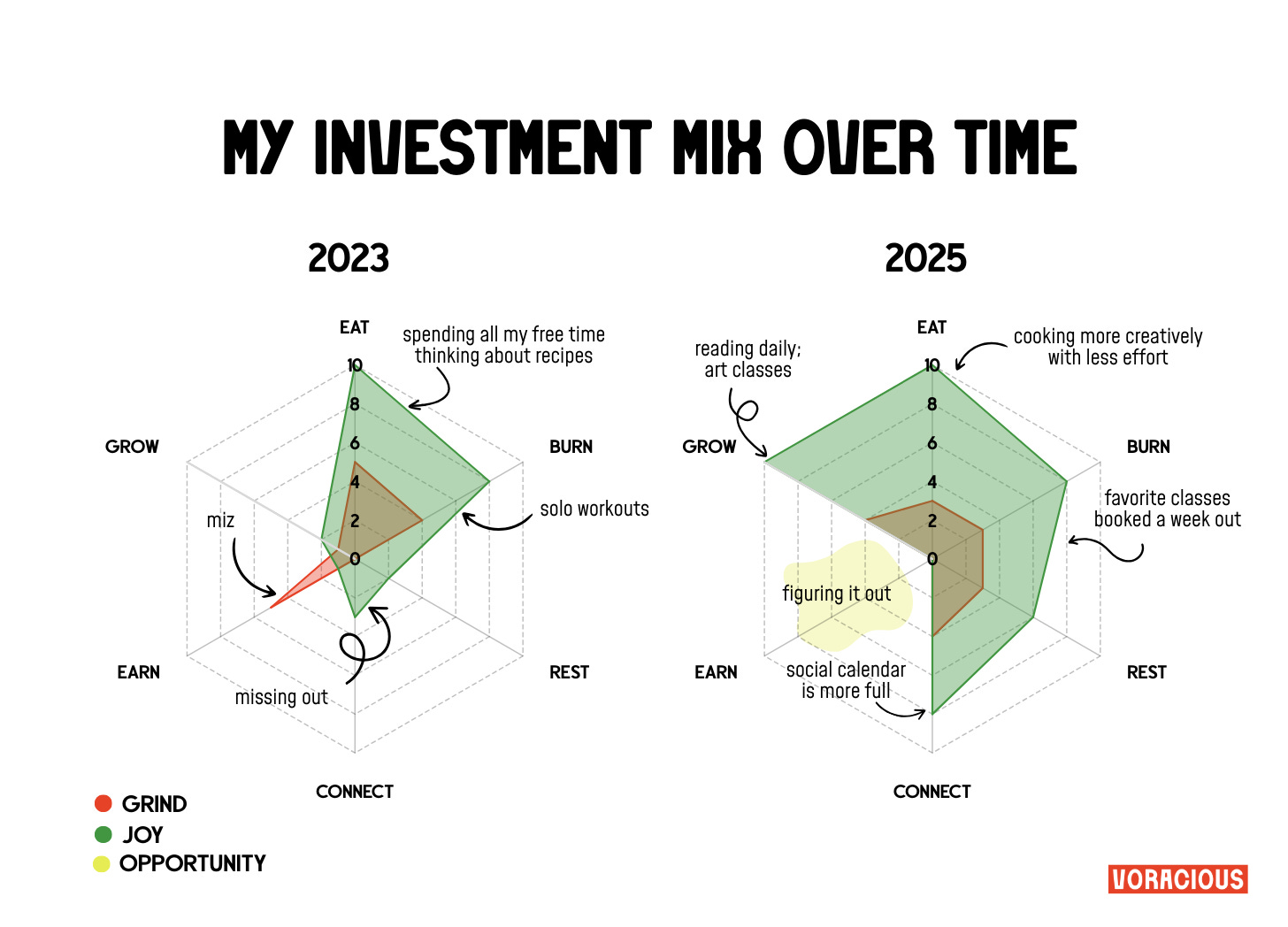
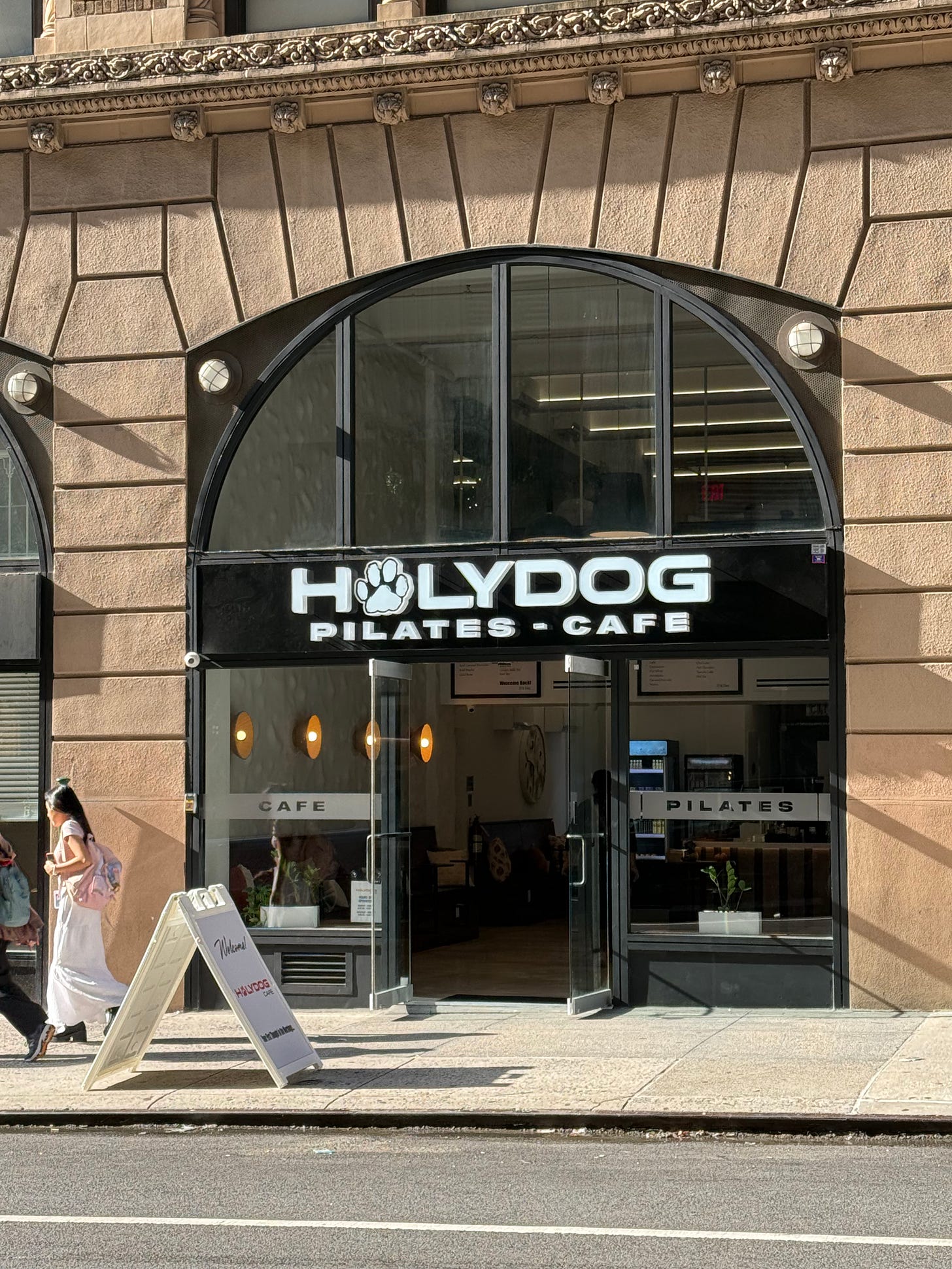
These graphics are positively Tufte-esque! So interesting, so lovely 👏
I hope this will also incorporate spreadsheets and matrices.